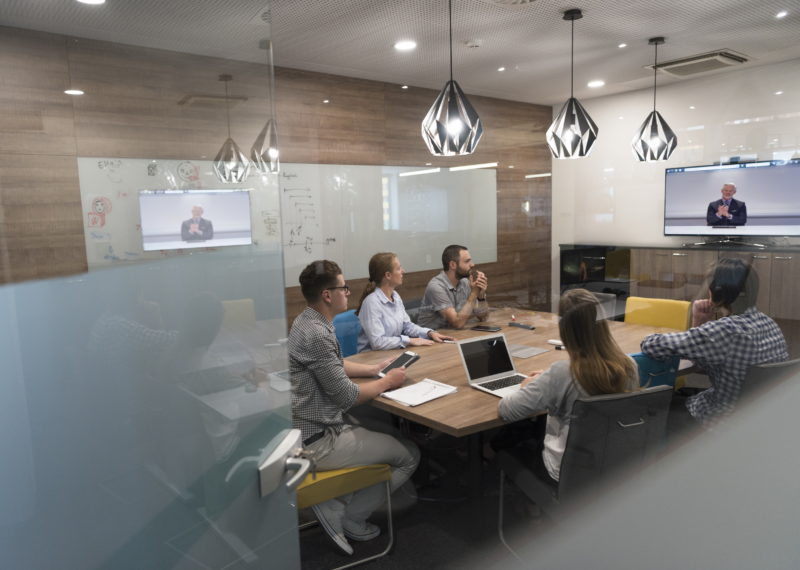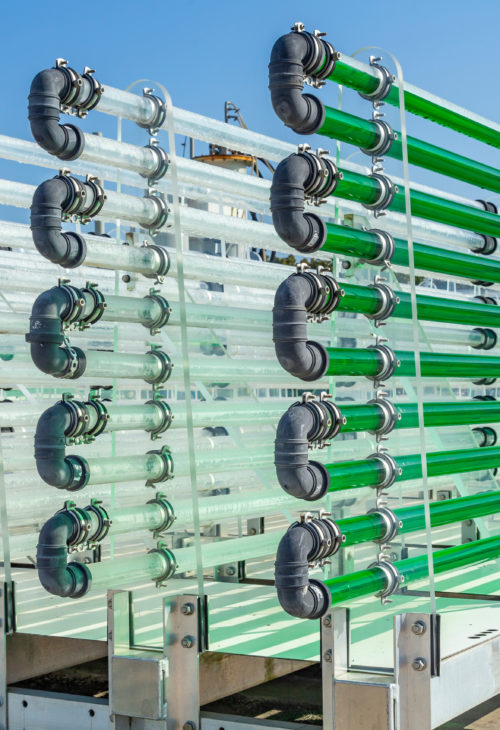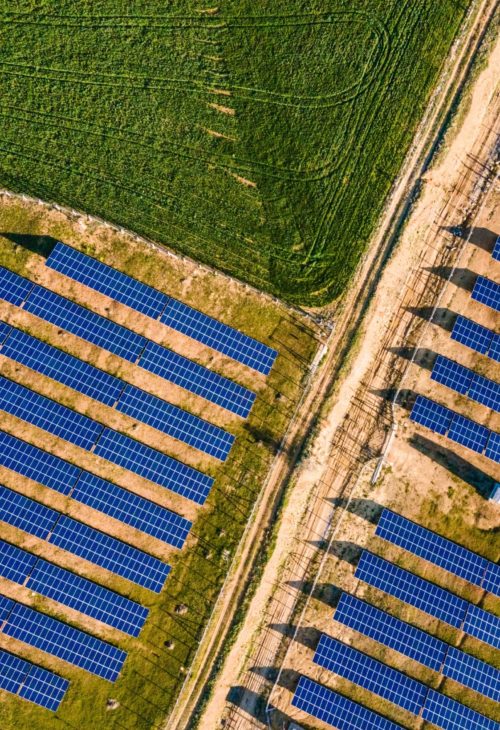Horizon Europe is the European multiannual program for research, development, and innovation, and runs from 2021-2027. The program is made up of a large number of sub-programs each with its own calls for proposals, conditions, and application deadlines. The Horizon Europe program comprises three pillars:
Pillar 1: Excellent Science
This pillar aims to keep or bring top level science in Europe. Actions from this pillar are intended to help make Europe an attractive location for the world’s best researchers. Europe wants to draw research talent, develop it and offer access to the best research infrastructures. Pillar 1 supports frontier research projects that researchers themselves define and direct through the European Research Council (ERC). In addition, this pillar funds fellowships and exchanges for researchers through Marie Skłodowska-Curie Actions (MSCA) and invests in research infrastructures.
Pillar 2: Global Challenges and European Industrial Competitiveness
This pillar focuses on the major challenges facing the EU and the world as identified, among others, by the Sustainable Development Goals (SDGs). Because of the scope and complexity of these problems, collaboration between parties from different sectors is needed. This should lead not only to good health and well-being for all, a digital economy, solutions to climate change, transition to a circular economy and the food problem, but also to a strong European industrial sector and more employment. The challenges mentioned are formulated into six clusters:
- Health
- Culture, Creativity and Inclusive Society
- Civil Security for Society
- Digital, Industry and Space
- Climate, Energy and Mobility
- Food, Bioeconomy, Natural Resources, Agriculture and Environment.
Activities within pillar 2 contribute to bringing innovative technologies from lab to market and developing new applications. Applicants are often consortia of public and private parties, bringing together substantive and technological knowledge.
Also, this pillar sets EU-wide missions with ambitious goals, to address some of the EU’s biggest problems. These missions with some of its targets for 2030 are:
- Adapting to climate change, including societal transformation: preparing Europe to deal with climate disruption
- Cancer: more than three million lives saved, longer and better lives, gaining a thorough understanding of cancer
- Healthy oceans, seas, coastal and inland waters: cleaning up marine and freshwater, restoring degraded ecosystems and habitats
- Climate-neutral and smart cities: supporting 100 European cities and demonstrating a systematic transformation to climate neutrality by 2030
- Soil and food health: at least 75% of all soils in the EU are healthy for food, people, nature and climate.
Pillar 2 also includes Joint Research Centre activities. This research centre supports EU and national policy makers with independent scientific evidence and technical support.
Pillar 3: Innovative Europe
Through the initiatives in this pillar, the European Commission aims at identifying and supporting breakthrough technologies and game-changing innovations with the potential to scale up internationally and become market leaders. Innovation is stimulated to improve the EU’s competitiveness. This is done among other things through the European Innovation Council (EIC) and strengthening of the European Institute for Innovation and Technology (EIT). Within this pillar, various forms of funding can be combined such as grants and equity.
The Horizon Europe program is open to all types of organizations from EU Member States and Associated Countries, from start-ups, SMEs, universities and research organizations to large companies. The EU sets the bar high, as only the most innovative projects receive funding. In addition, many ‘calls’ require the cooperation of at least three parties from three different countries.
Horizon Europe in short
 Intend audience
Intend audience
All types of organisations from EU Member States and Associated Countries.
 Total budget
Total budget
Over 95 billion euros (2021-2027).
 Program structure
Program structure
The Horizon Europe program consists of three pillars.
 Project type
Project type
Research projects, fellowships and exchanges for researchers, innovation projects.
 Cooperation
Cooperation
For most calls for proposals, you must apply as a team of at least three partner organizations from three different countries.
 Application deadline
Application deadline
Horizon Europe splits the various opportunities to apply for funding into different calls for proposals. Is your project eligible for Horizon Europe funding?
To be eligible, a project must at least:
- consist of at least three partner organizations from three different EU Member States or Associated Countries (of which at least one partner from an EU Member State).
- have a Gender Equality Plan (GEP) for all public bodies, higher education institutions and research organizations from EU Member States and Associated Countries.
140+
HEU per year
30%
average success rate
€1.5B+
HEU funding obtained for clients

How can PNO Innovation help you with your Horizon Europe application?
Are you looking for funding for the innovation plans of your organization or consortium? The experts of PNO Innovation are involved on a daily basis in applying for (European) grants and funding for projects in the fields of agro & food, chemistry, industry, ICT, energy, climate, mobility, financing strategies, education, research, labour and life sciences & health, and all other Horizon Europe themes.

A few of our Horizon Europe experts
Start your Horizon Europe application
Do you have project plans that may be eligible for a Horizon Europe grant? Tell us about them! Please fill out the fields below so we can help you set up your project efficiently and successfully apply.
This site is protected by reCAPTCHA and the Google Privacy Policy and Terms of Service apply.


